Recreatief
48 km
The 48-kilometre ‘Hunze’ cycling route takes you along the Semslinie, the provincial border between Groningen and Drenthe. The route starts in Gieten in Drenthe and leads past burial mounds, through small villages, past a small church and a corn mill towards the Hunze valley. The viewpoint here is a great place to stop and take in the natural beauty of your surroundings. Moments later, you will arrive in the village of Stadskanaal in Groningen, where you can marvel at the stunning restored trains at Museum Railway S.T.A.R., the longest railway museum in the Netherlands.
Back in Drenthe, the route takes you past the Drouwenerzand with its forests and heathlands, and through forestry area Gieten-Borger. Dolmens D19 and D20 near Drouwen will make you feel as though you have gone back in time.
The cyc…
The 48-kilometre ‘Hunze’ cycling route takes you along the Semslinie, the provincial border between Groningen and Drenthe. The route starts in Gieten in Drenthe and leads past burial mounds, through small villages, past a small church and a corn mill towards the Hunze valley. The viewpoint here is a great place to stop and take in the natural beauty of your surroundings. Moments later, you will arrive in the village of Stadskanaal in Groningen, where you can marvel at the stunning restored trains at Museum Railway S.T.A.R., the longest railway museum in the Netherlands.
Back in Drenthe, the route takes you past the Drouwenerzand with its forests and heathlands, and through forestry area Gieten-Borger. Dolmens D19 and D20 near Drouwen will make you feel as though you have gone back in time.
The cycling route starts at the car park at the Brink, near Brink 7, 9461 AR Gieten (Hub point 20). There is plenty of free parking available. It is also possible to join the route at other locations by following the signs.

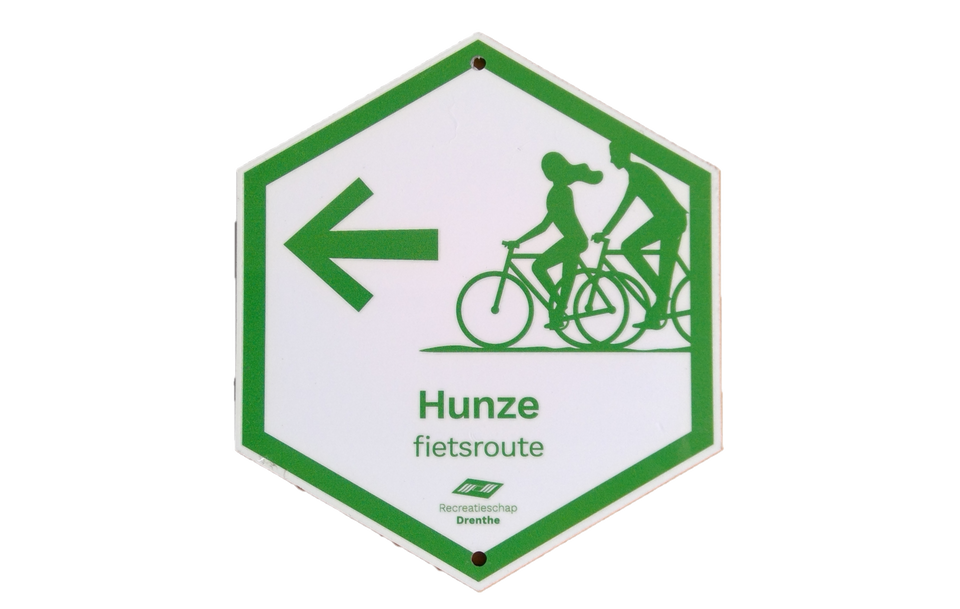
Waypoint bike 20
Gieten
Navigate to starting point
Gieten
Navigate to starting point
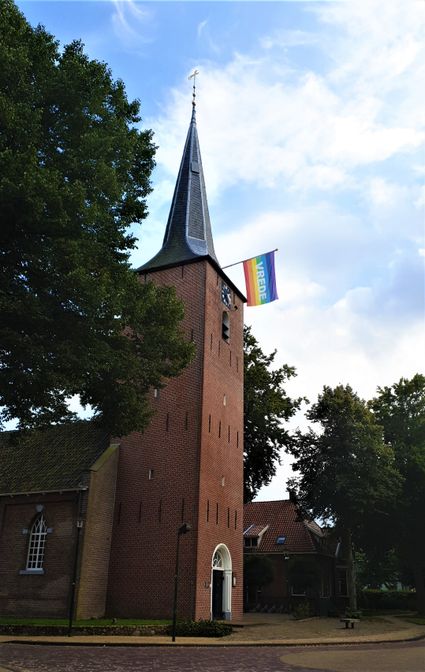
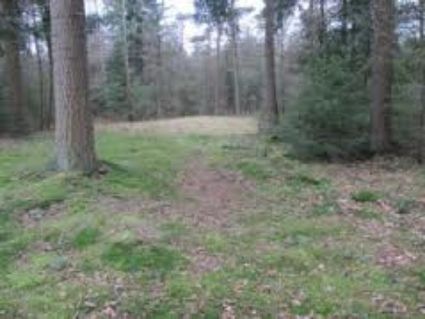
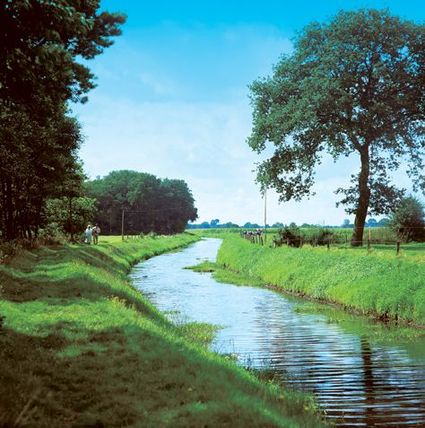
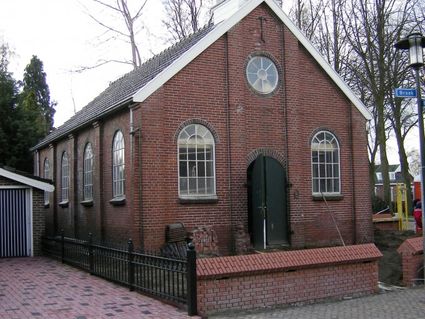
Grain mill De Eendracht in Gieterveen is beautifully located by the edge of the village. There are houses on one side and expansive landscapes on the other. The mill is still in operation, milling the region’s grain. Its team of volunteers is responsible
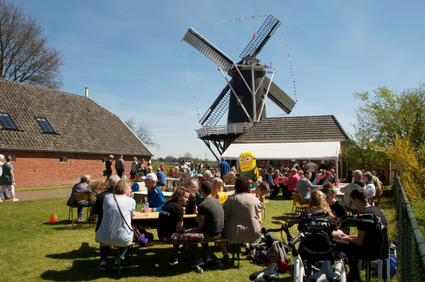

English: Discover Reiling Hoeve – A Place Where History and Hospitality Meet Amidst the picturesque nature of Drenthe, where peace and space prevail, you will find 1
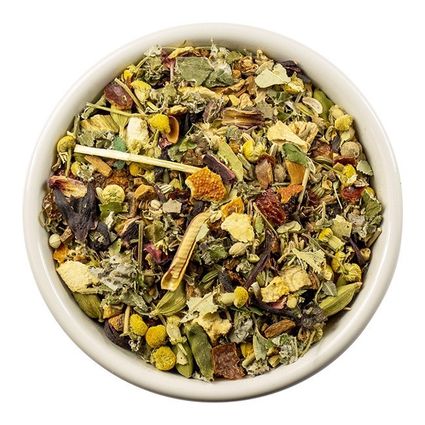

Gasselternijveen
Baptistenkade
9514 AH Gasselternijveen

De Juffer is a mill that lies just outside the village of Gasselternijveen. Standing atop the mill’s stage, you can enjoy beautiful views of recovered brook-rich area Oude Weer, which was installed in 2014. The millers will gladly show you around. They a
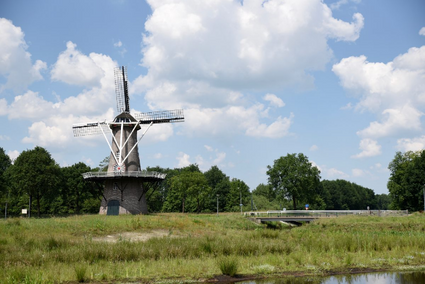
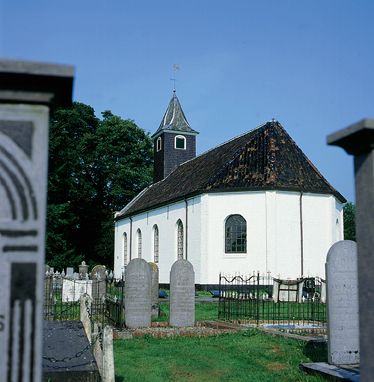
Waypoint bike 20
Gieten
Navigate to endpoint
Waypoint bike 20
Gieten
Navigate to starting point
Waypoint bike 20
Gieten
Navigate to endpoint